The 1999 Pebble Beach Concours d'Elegance Class Winning 1939/46 DELAGE D8/120 CABRIOLET GRAND LUXE COACHWORK BY CHAPRON Chassis No. 51980 Engine No. 51980 Blue with red fender highlights and red leather upholstery Engine: eight cylinder, in-line, two overhead valves per cylinder, 4,300cc., 90bhp at 4,000rpm; Gearbox: four-speed Cotal electro-magnetic; Suspension: front, independent with underslung transverse semi-elliptic leaf springs and wishbones, rear, semi-elliptic springs and hydraulic shock absorbers; Brakes: four wheel drum. Right hand drive. Louis Delage was a man of style and exuberance and his long low eight-cylinder cars of impeccable performance reflected the image of their creator. The early four cylinder D1s were the company's mainstay in the early 1920s, followed by those jewel-like engineered eight cylinder Supercharged 1½-litre Grand Prix cars that gave Robert Benoist five Grand Prix victories in 1927 and were still winning Voiturette races with Dick Seaman in 1936. The D8 Series eight cylinder engine developed by Maurice Gaultier became the best engine of all Delage models. It helped the company achieve its world renown during the 1930s. Naturally, the cars were bodied by the very best of Europe's coachbuilders. The D8 was a glamorous car. It was fast and had impeccable road holding. It was most suited to high speed, long distance touring that favored the affluent customers who dictated that Delage was the status symbol of success. Although the Delage D8 Series became one of the most desired high performance cars in Europe, they were expensive. Louis Delage was reluctant to change this image to suit the varying economic climate and after a fall-out with his co-directors, he left the company in 1935. Shortly afterwards the firm merged with their rival competitors, Delahaye. They retained the individuality, but became more selective with their range, and a new Delage D8 120 was introduced in 1937 incorporating hydraulic brakes, a revised Delahaye style chassis with transverse leaf independent front suspension and a Cotal electro-magnetic gearbox. The engine was an eight-cylinder version of the existing six-cylinder Delahaye with a capacity of 4.3 litres providing a healthy 95bhp at 4,000 rpm in its initial form. In April 1938 The Autocar tested a D8-120 (4.3 litre drophead coupe) and attained nearly 98mph, confirming that, with improved aerodynamics and/or slightly larger engines, these vehicles were capable of speeds exceeding 100mph. Starting in 1937 the D8-100 and D8-120 received several beautifully proportioned bodies by Chapron, Pourtout and Letourneur et Marchand. At about this time many major European motor manufacturers were experimenting with streamlining, primarily to showcase the company image and sell expensive vehicles. Not surprisingly some of these vehicles were used for competition, and examples such as the Embiricos (Van Vooren) Bentley and the Louis Gerard (Figoni) Delage proved very fast and successful on circuits such as Le Mans. While proving cars on the racetrack was highly effective for the manufacturers, the coachbuilders gained far more recognition for their artistry by displaying their cars at Motor Shows and competing in Concours d'Elegance events. Undoubtedly, one of the stars of the D8-120 range was this stunning Cabriolet Grand Luxe whose design emanated from the famous coachbuilding establishment Henri Chapron of Paris. Chassis no. 51980 was in fact the penultimate D8-120 chassis built in 1939; being unsold it had to remain hidden during the Second World War. Following the end of hostilities it was delivered to Henri Chapron in May of 1946 to have its coachwork made and fitted. The car was slated to have been an exhibit for the Paris Motor Show, Salon du Paris , held in October 1946, although we are unable to confirm if it was finished in time. The order was placed by Delahaye, who were presumably the owners of the car until it was exported and sold to Egypt in July 1948. Be
The 1999 Pebble Beach Concours d'Elegance Class Winning 1939/46 DELAGE D8/120 CABRIOLET GRAND LUXE COACHWORK BY CHAPRON Chassis No. 51980 Engine No. 51980 Blue with red fender highlights and red leather upholstery Engine: eight cylinder, in-line, two overhead valves per cylinder, 4,300cc., 90bhp at 4,000rpm; Gearbox: four-speed Cotal electro-magnetic; Suspension: front, independent with underslung transverse semi-elliptic leaf springs and wishbones, rear, semi-elliptic springs and hydraulic shock absorbers; Brakes: four wheel drum. Right hand drive. Louis Delage was a man of style and exuberance and his long low eight-cylinder cars of impeccable performance reflected the image of their creator. The early four cylinder D1s were the company's mainstay in the early 1920s, followed by those jewel-like engineered eight cylinder Supercharged 1½-litre Grand Prix cars that gave Robert Benoist five Grand Prix victories in 1927 and were still winning Voiturette races with Dick Seaman in 1936. The D8 Series eight cylinder engine developed by Maurice Gaultier became the best engine of all Delage models. It helped the company achieve its world renown during the 1930s. Naturally, the cars were bodied by the very best of Europe's coachbuilders. The D8 was a glamorous car. It was fast and had impeccable road holding. It was most suited to high speed, long distance touring that favored the affluent customers who dictated that Delage was the status symbol of success. Although the Delage D8 Series became one of the most desired high performance cars in Europe, they were expensive. Louis Delage was reluctant to change this image to suit the varying economic climate and after a fall-out with his co-directors, he left the company in 1935. Shortly afterwards the firm merged with their rival competitors, Delahaye. They retained the individuality, but became more selective with their range, and a new Delage D8 120 was introduced in 1937 incorporating hydraulic brakes, a revised Delahaye style chassis with transverse leaf independent front suspension and a Cotal electro-magnetic gearbox. The engine was an eight-cylinder version of the existing six-cylinder Delahaye with a capacity of 4.3 litres providing a healthy 95bhp at 4,000 rpm in its initial form. In April 1938 The Autocar tested a D8-120 (4.3 litre drophead coupe) and attained nearly 98mph, confirming that, with improved aerodynamics and/or slightly larger engines, these vehicles were capable of speeds exceeding 100mph. Starting in 1937 the D8-100 and D8-120 received several beautifully proportioned bodies by Chapron, Pourtout and Letourneur et Marchand. At about this time many major European motor manufacturers were experimenting with streamlining, primarily to showcase the company image and sell expensive vehicles. Not surprisingly some of these vehicles were used for competition, and examples such as the Embiricos (Van Vooren) Bentley and the Louis Gerard (Figoni) Delage proved very fast and successful on circuits such as Le Mans. While proving cars on the racetrack was highly effective for the manufacturers, the coachbuilders gained far more recognition for their artistry by displaying their cars at Motor Shows and competing in Concours d'Elegance events. Undoubtedly, one of the stars of the D8-120 range was this stunning Cabriolet Grand Luxe whose design emanated from the famous coachbuilding establishment Henri Chapron of Paris. Chassis no. 51980 was in fact the penultimate D8-120 chassis built in 1939; being unsold it had to remain hidden during the Second World War. Following the end of hostilities it was delivered to Henri Chapron in May of 1946 to have its coachwork made and fitted. The car was slated to have been an exhibit for the Paris Motor Show, Salon du Paris , held in October 1946, although we are unable to confirm if it was finished in time. The order was placed by Delahaye, who were presumably the owners of the car until it was exported and sold to Egypt in July 1948. Be


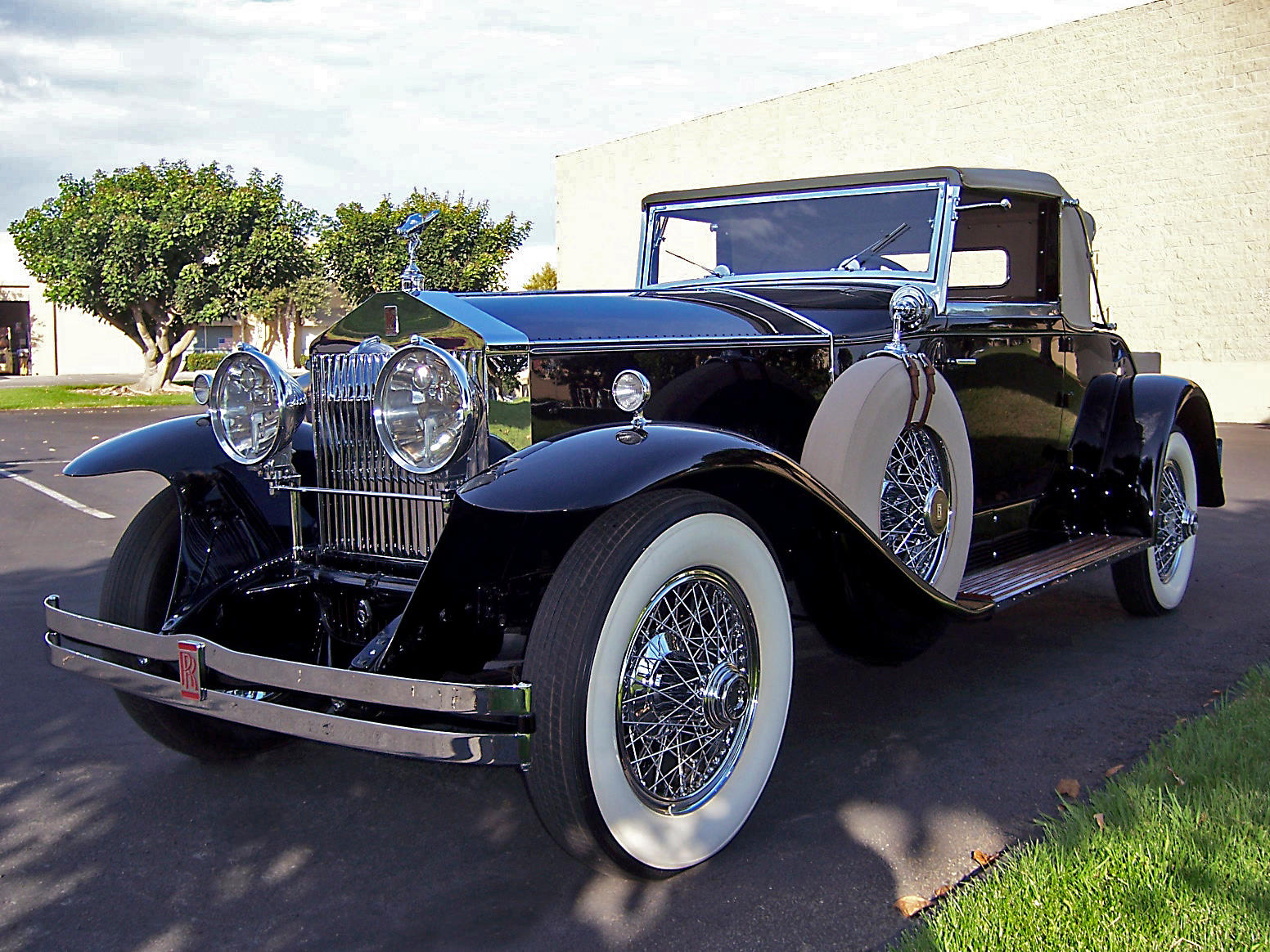
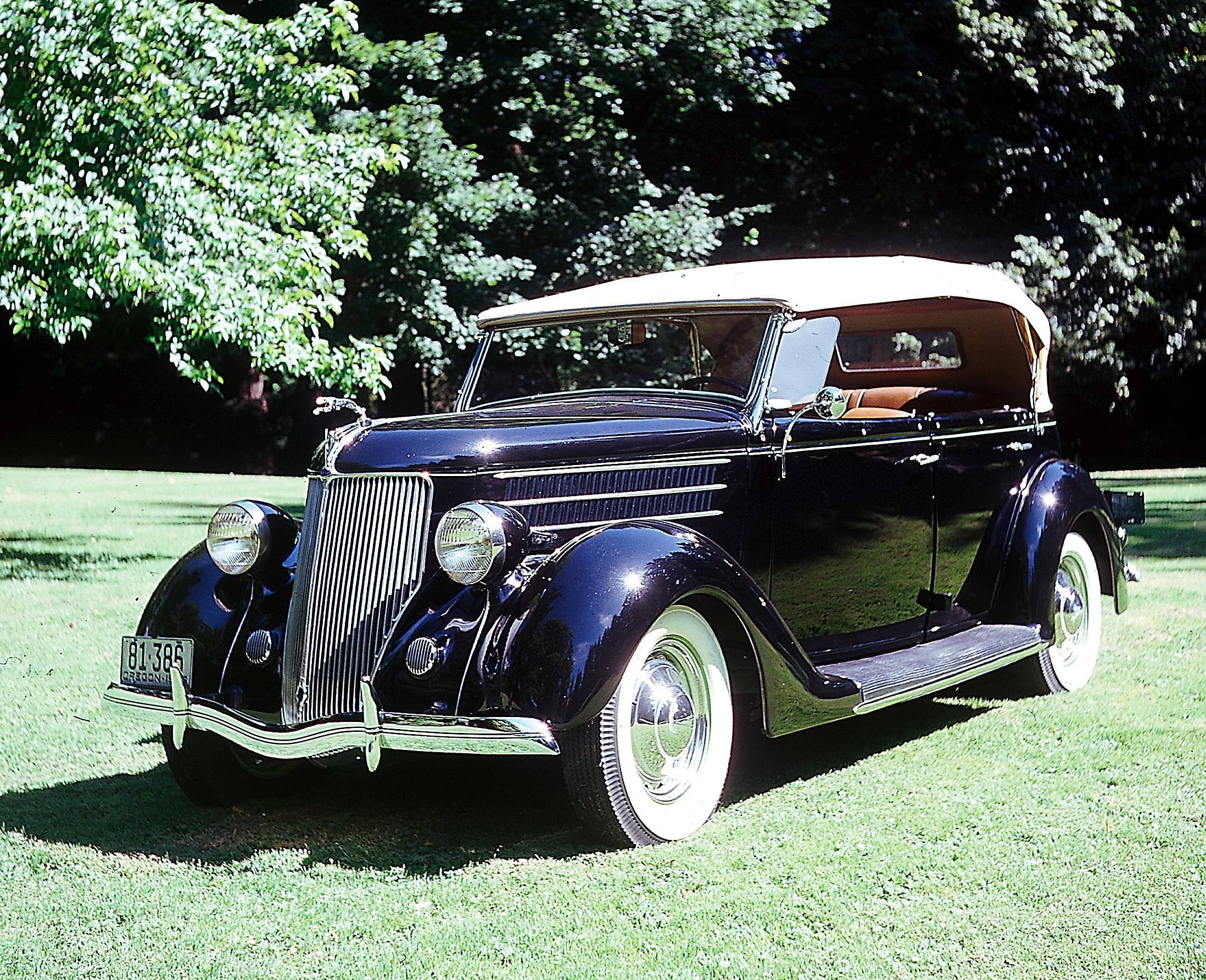
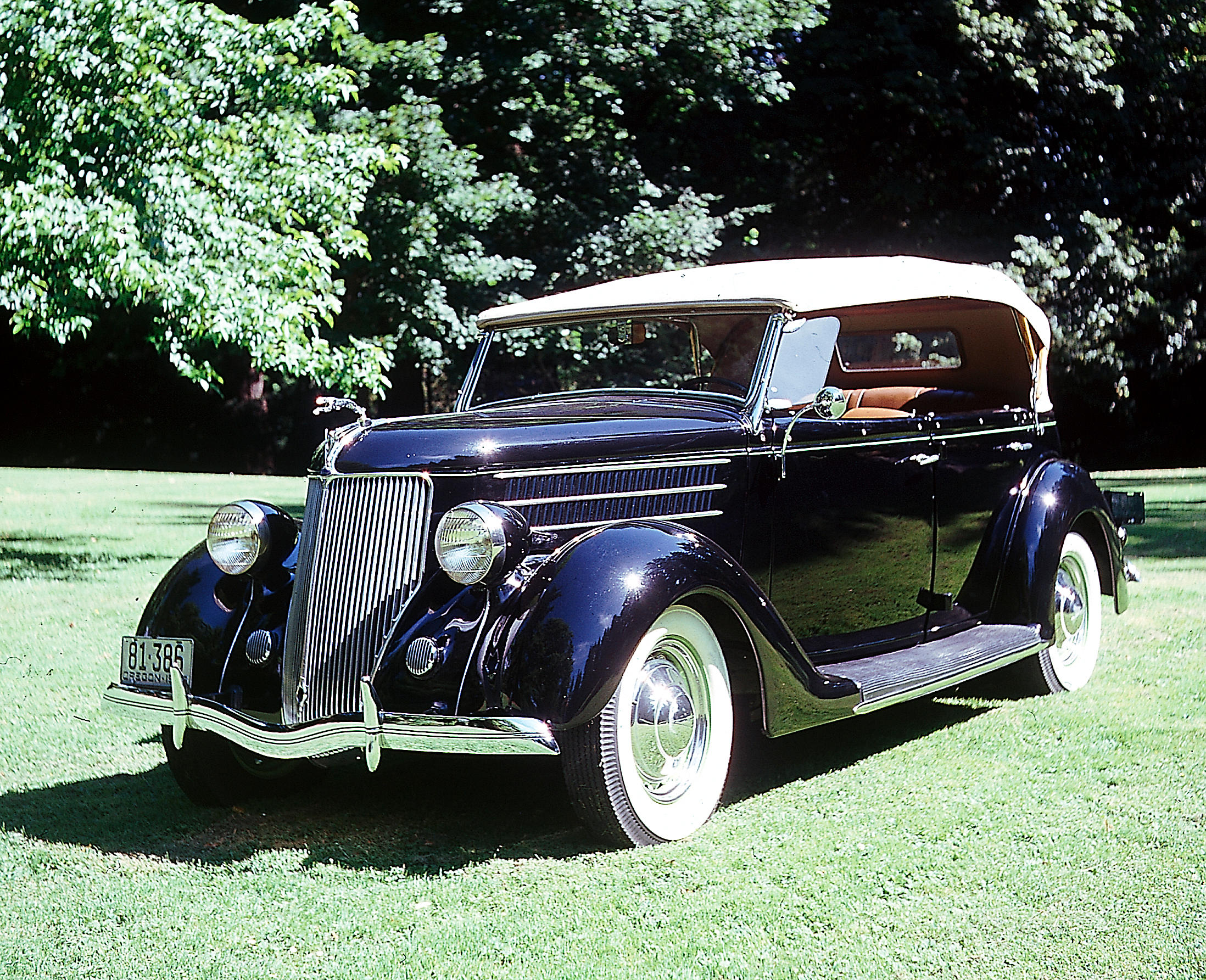




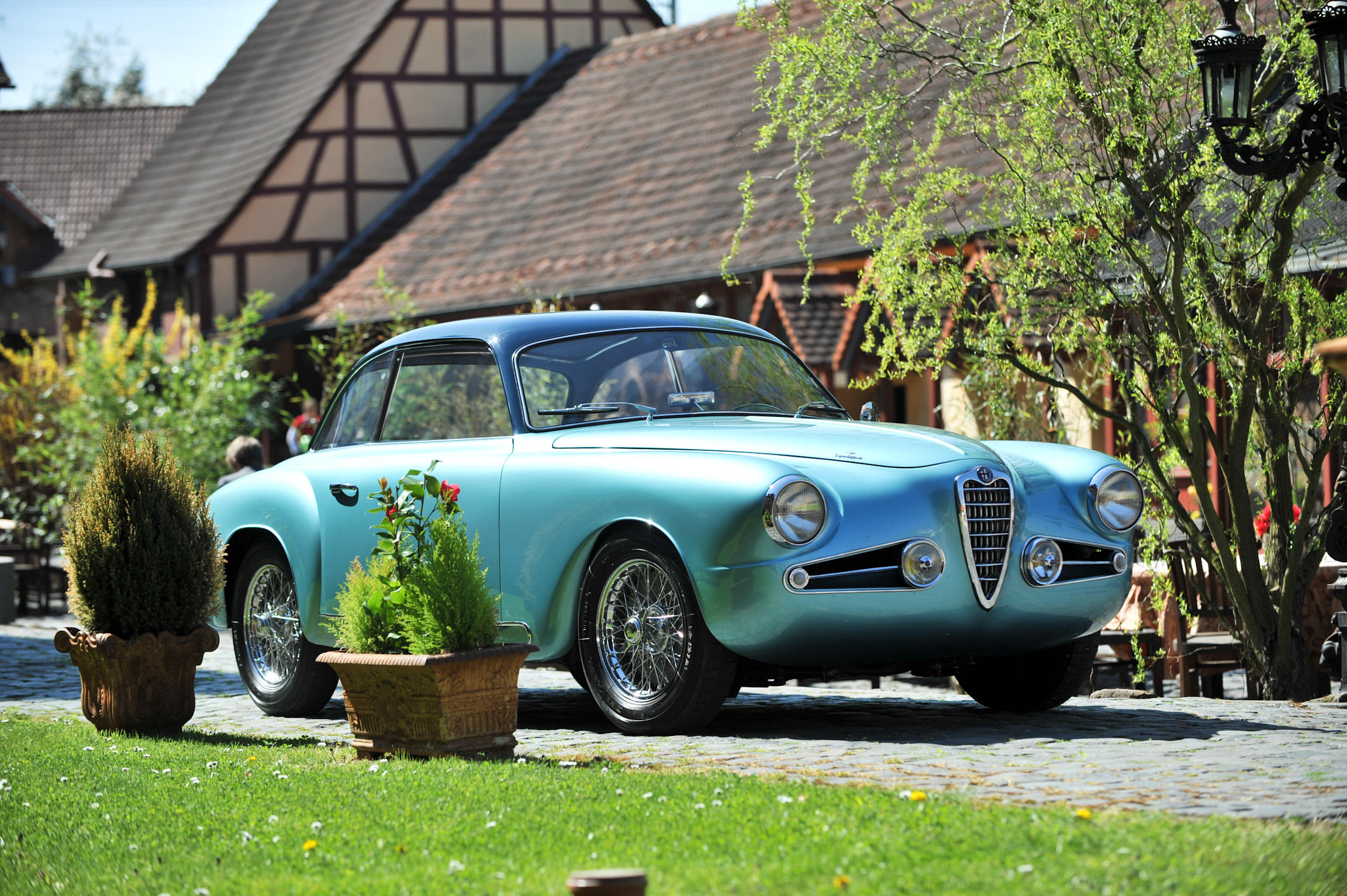


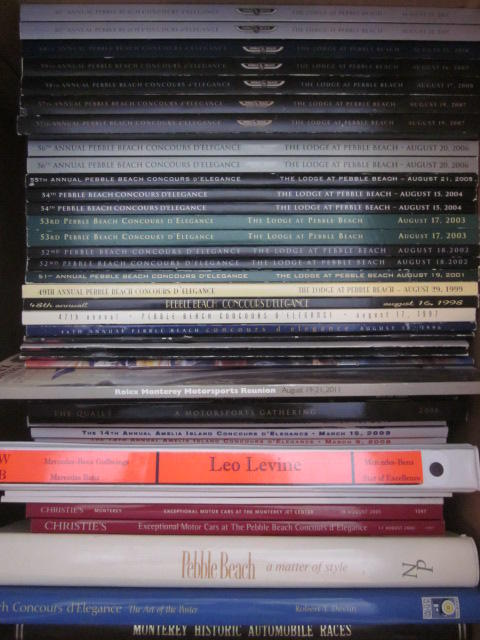
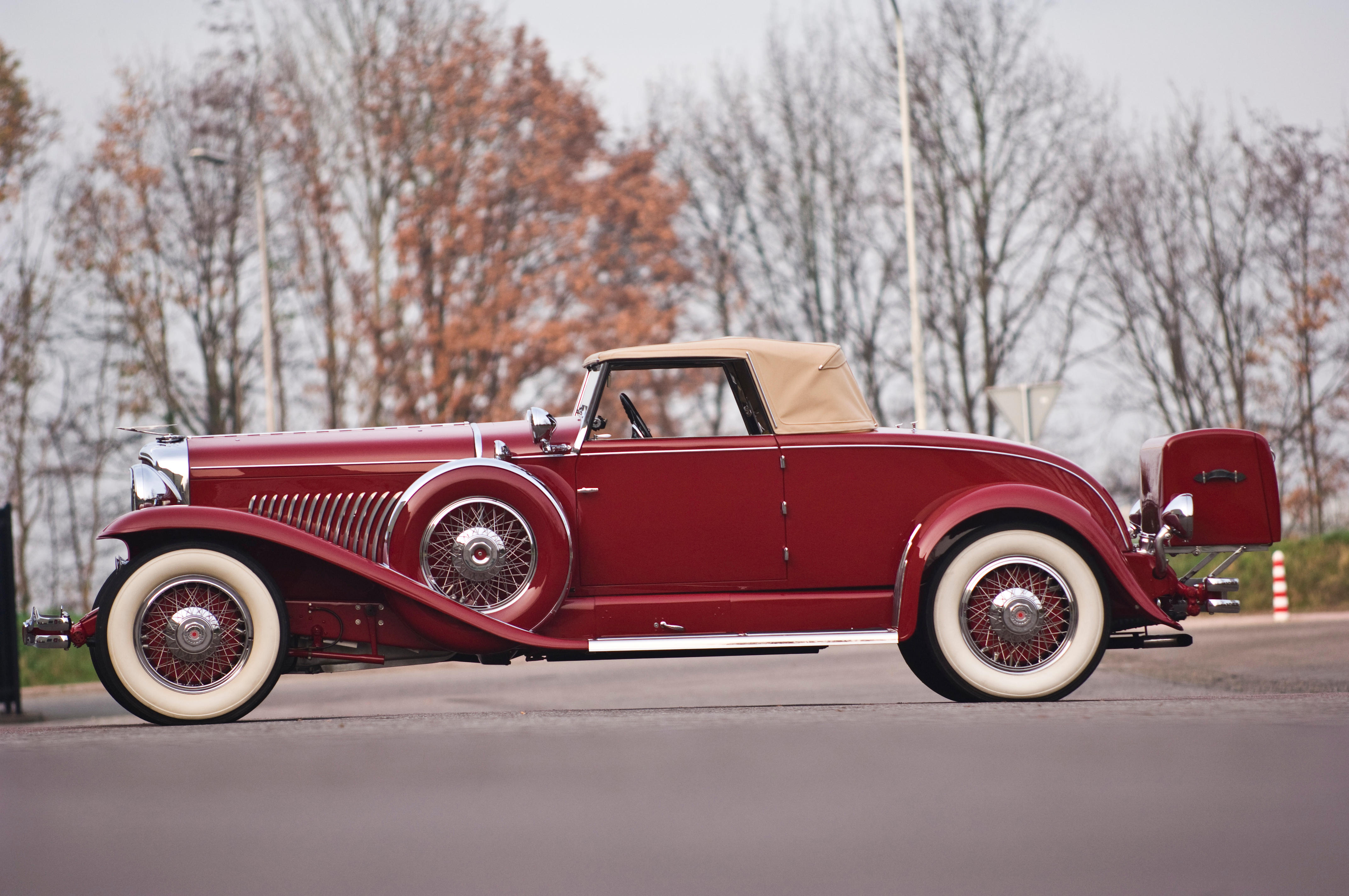
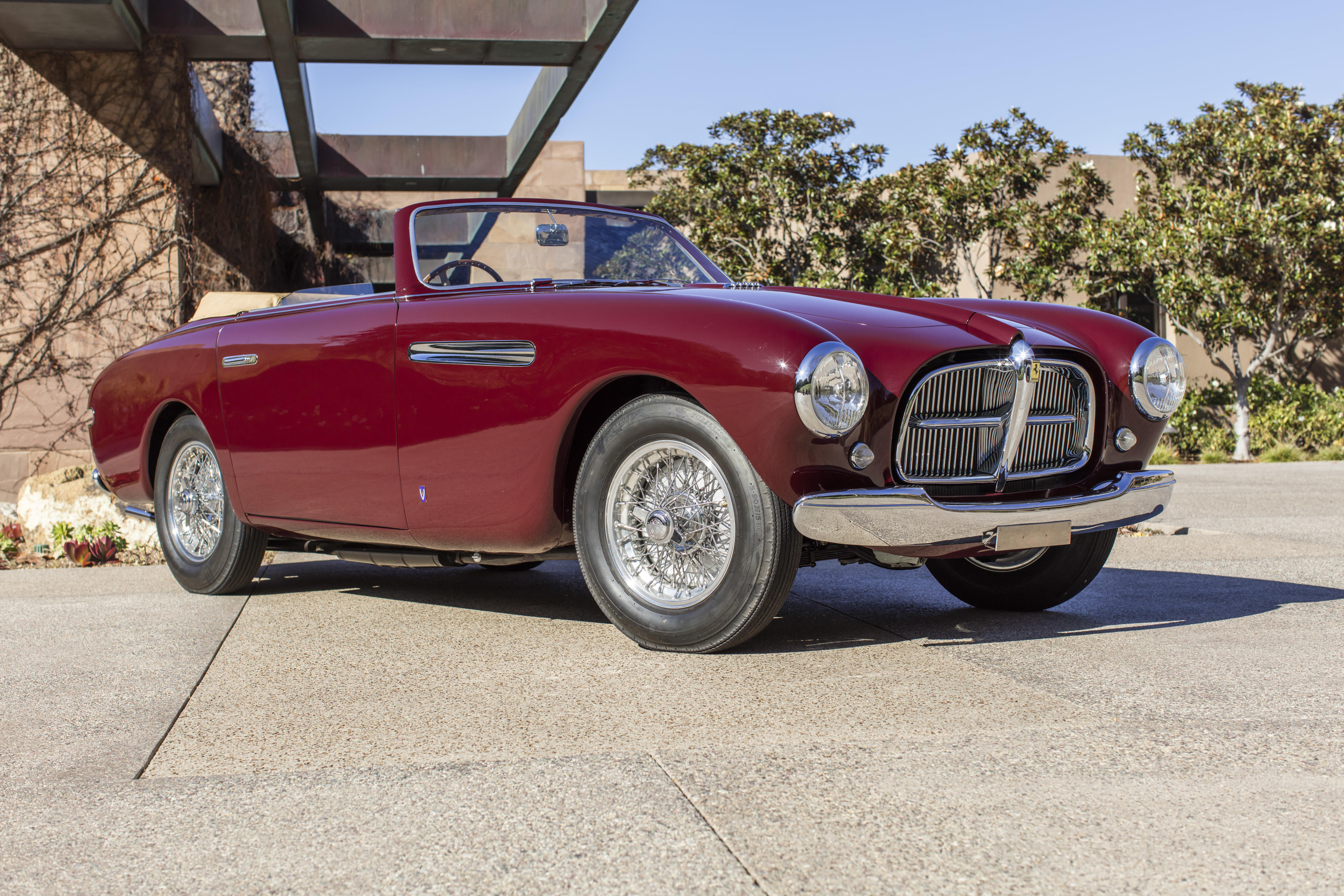
Testen Sie LotSearch und seine Premium-Features 7 Tage - ohne Kosten!
Lassen Sie sich automatisch über neue Objekte in kommenden Auktionen benachrichtigen.
Suchauftrag anlegen